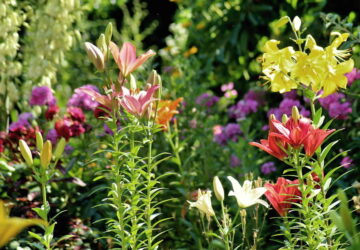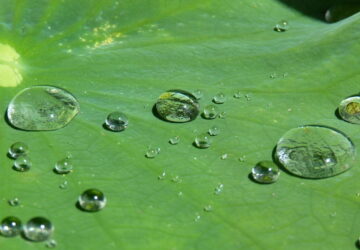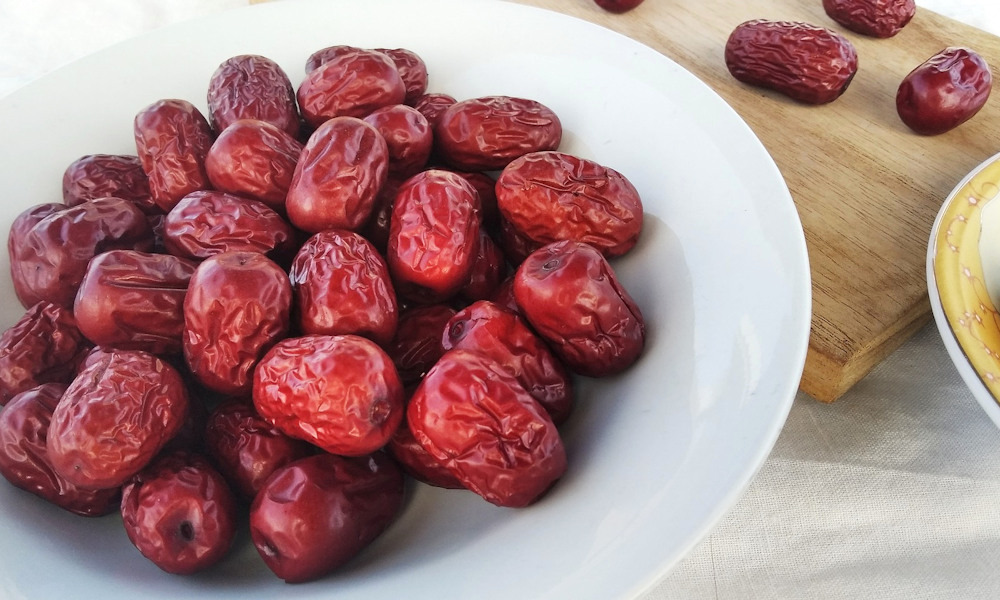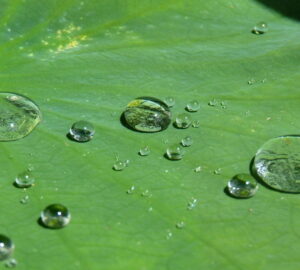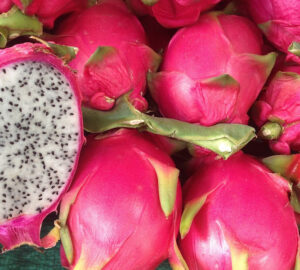The jujube tree (Ziziphus jujuba), also known as the Chinese date, is a resilient and fruitful addition to any garden. Native to China, this deciduous tree has been cultivated for over 4,000 years and is prized for its sweet, nutritious fruit and adaptability to various climates.
Why Gardeners Around the World Love Jujube
Jujube isn’t just some random fruit tree – it’s tough, good-looking, and full of history. Gardeners and foodies everywhere are falling in love with this adaptable plant. It has a graceful shape, lovely fragrant flowers in summer, and sweet, nutrient-packed fruit that brings both beauty and flavor to the garden. Jujube is one of those rare trees that can handle scorching heat and dry spells, but also shrugs off surprisingly cold winters. Whether you’re growing in a dry city yard or tending a bigger rural plot, jujube fits right in. Plus, it’s super low-maintenance and keeps producing fruit for decades. No wonder this ancient “Chinese date” is catching on from California to Central Europe.
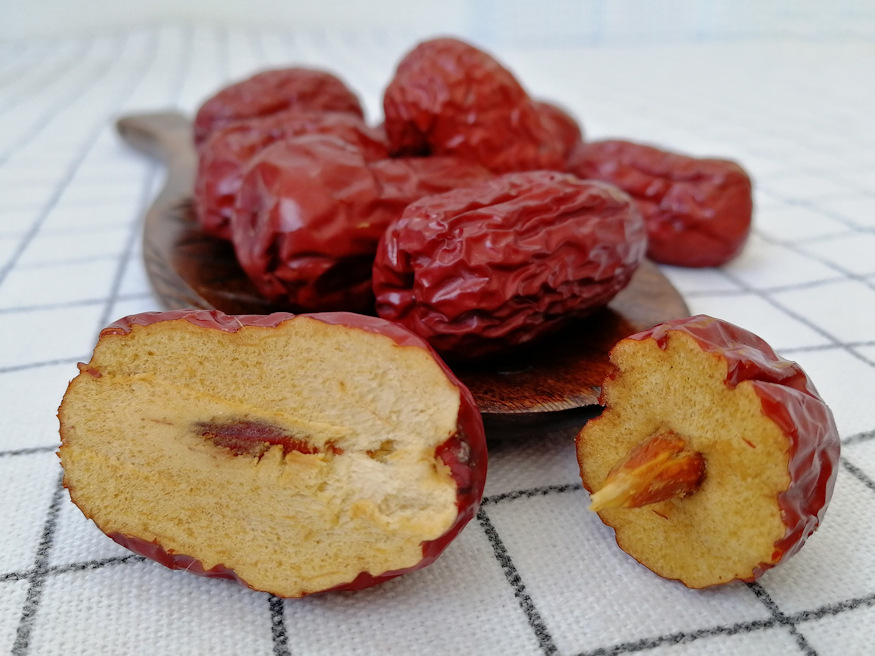
Botanical Profile
- Scientific Name: Ziziphus jujuba
- Common Names: Jujube, Chinese date
- Family: Rhamnaceae
- Origin: China; now cultivated worldwide
- Tree Size: Typically grows 5–12 meters (16–40 feet) tall
- Lifespan: Can live and produce fruit for over 50 years
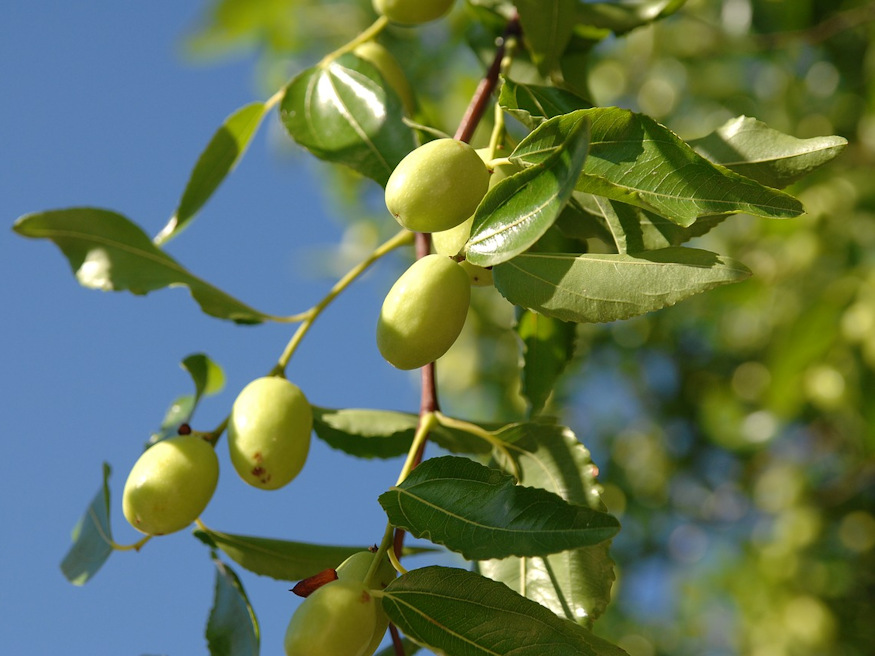
Why Grow Jujube?
1. Climate Resilience
Jujube trees are remarkably hardy. They thrive in warm, dry climates but can tolerate winter temperatures as low as -20°C (-4°F), making them suitable for USDA zones 6 through 9.
2. Low Maintenance
Once established, jujube trees require minimal care. They are drought-tolerant, pest-resistant, and adaptable to various soil types, including sandy, loamy, and even slightly alkaline soils.
3. Nutrient-Rich Fruit
The fruit is rich in vitamin C, antioxidants, and essential minerals. It can be eaten fresh, dried, or used in teas and traditional remedies. Dried jujubes have a chewy texture and a flavor reminiscent of dates.
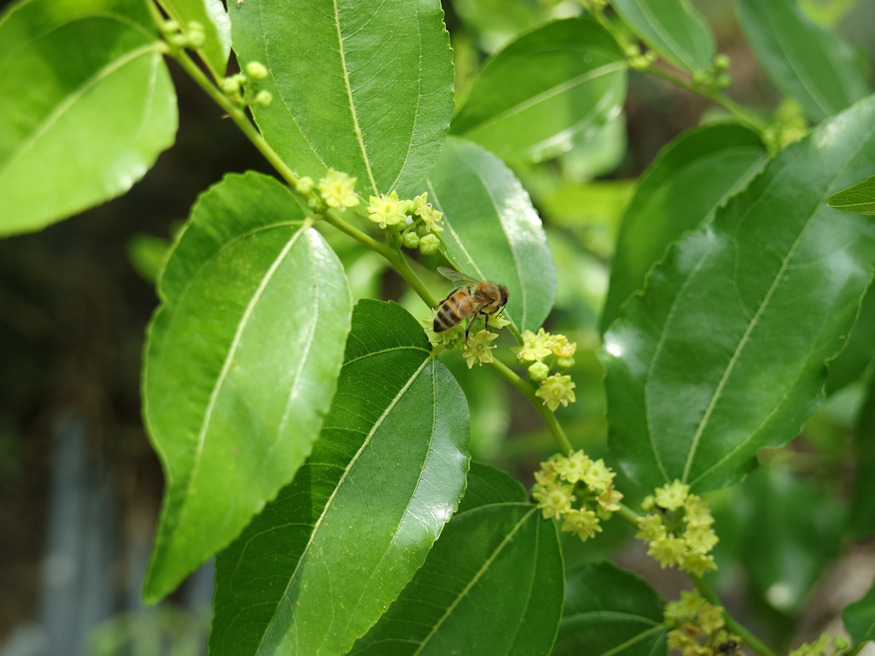
Planting and Care
- Sunlight: Full sun is essential for optimal fruit production.
- Soil: Well-drained soil with a neutral to slightly alkaline pH.
- Watering: Moderate watering; avoid overwatering as jujubes are drought-tolerant.
- Fertilization: A single application of nitrogen fertilizer in early spring can enhance fruit yield.
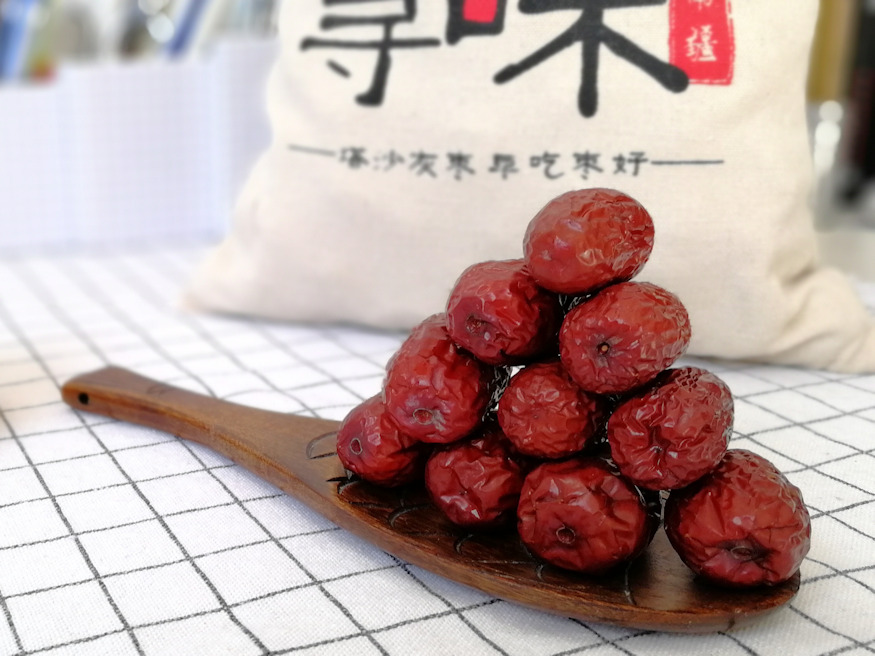
Pruning and Maintenance
Pruning jujube trees helps maintain their shape and encourages fruit production. A unique aspect of jujube pruning is the “one cut stops, two cuts sprout” principle:
- One Cut: Pruning a primary shoot once may halt its growth.
- Two Cuts: Pruning both the primary shoot and its adjacent secondary shoot stimulates new growth.
Regularly remove any suckers or unwanted shoots, especially those emerging from the rootstock, to prevent the tree from becoming invasive.
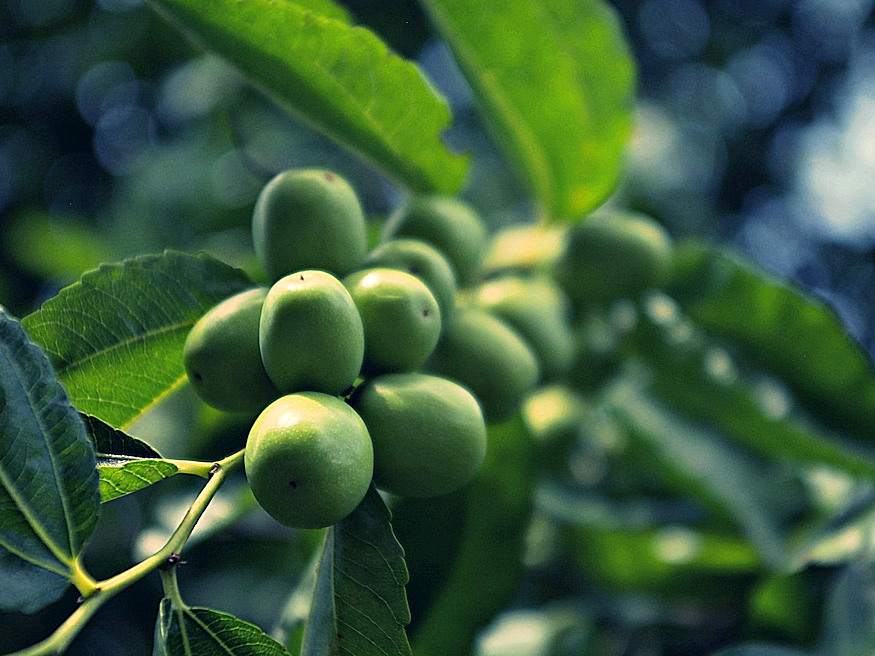
Harvesting
Jujube fruits are ready to harvest when they turn from green to a reddish-brown color and are firm to the touch. For dried jujubes, allow the fruit to wrinkle on the tree before picking. Harvest by cutting the fruit from the branch to avoid damaging the tree.
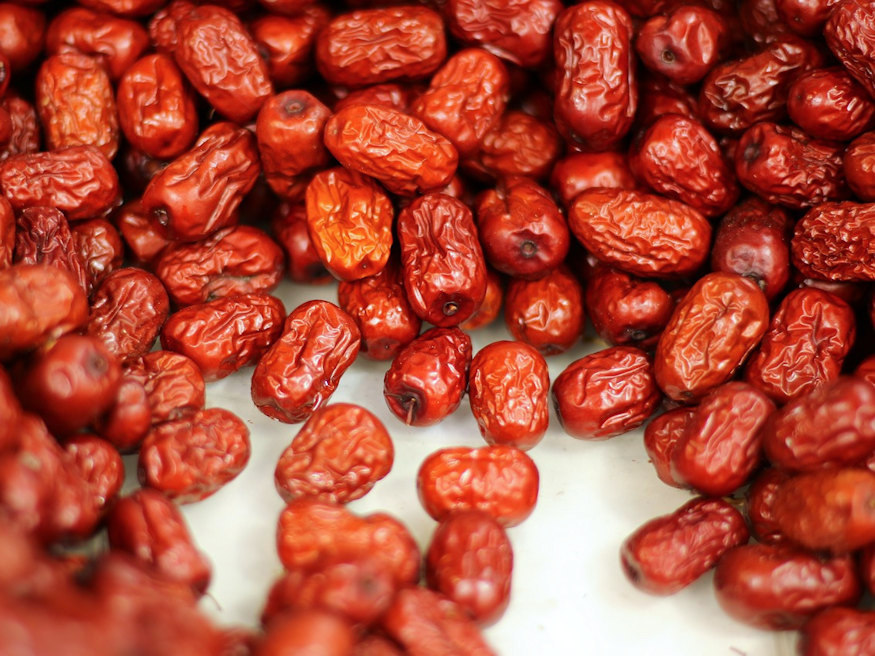
Culinary Uses
Jujubes can be enjoyed in various ways:
- Fresh: Crisp and sweet, similar to apples.
- Dried: Chewy with a date-like flavor; used in teas, desserts, and traditional dishes.
- Cooked: Incorporated into soups, stews, and sauces for added sweetness.
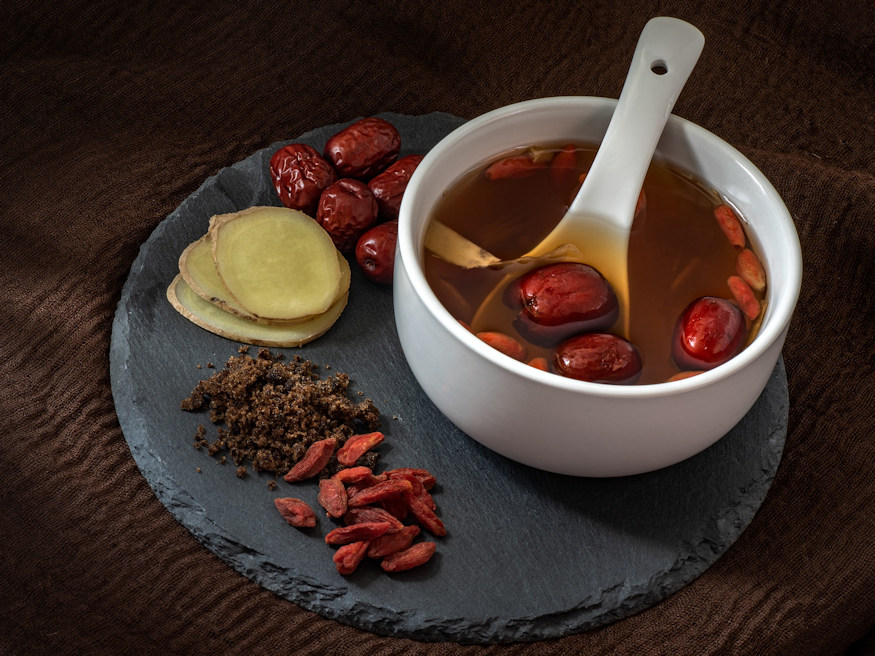
Potential Challenges
While jujube trees are generally low-maintenance, they can produce thorny suckers that spread aggressively if not managed. Regular pruning and monitoring are essential to keep the tree’s growth in check.
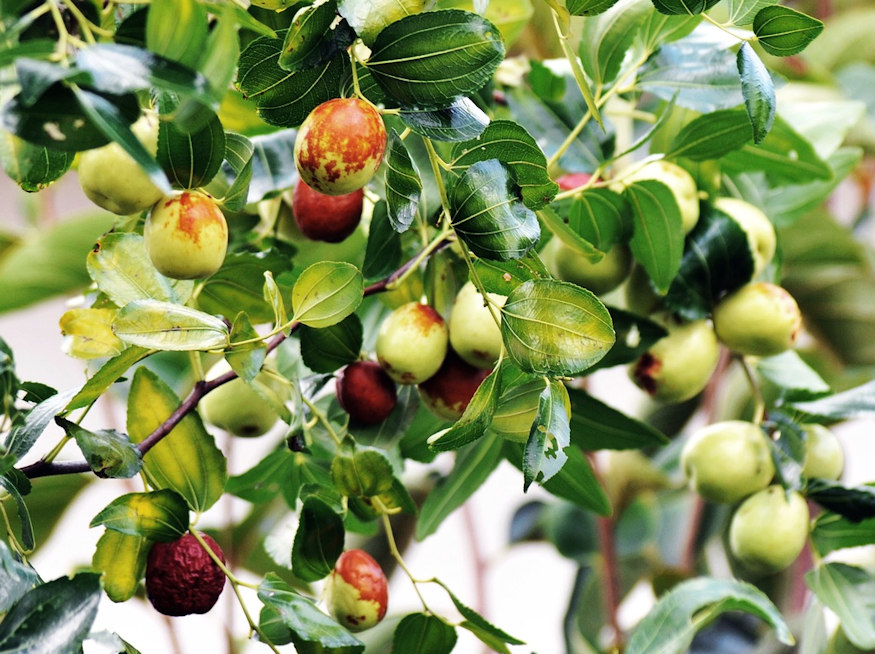
Incorporating a jujube tree into your garden offers both aesthetic appeal and a bountiful harvest of nutritious fruit. With proper care and maintenance, this resilient tree can provide enjoyment for decades.
